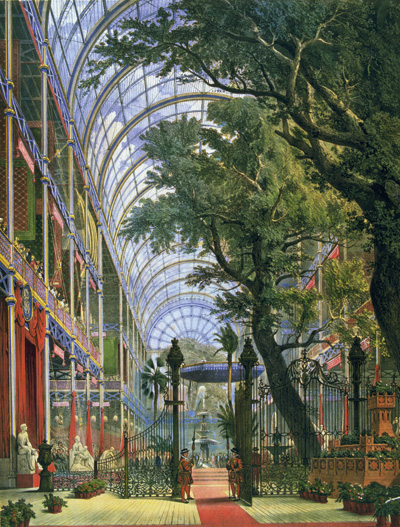Remember the ‘Plant a Tree in ’73’ campaign? Forty years on, has anyone inquired into what happened to all those trees and how many are still alive? Since then, planting amenity trees has grown into an industry, and turns out to have its down sides. One is that little trees are imported in industrial quantities from other countries, as if they were cars or tins of paint, and inevitably bring with them foreign pests and diseases which destroy established trees. Globalisation of tree diseases has overtaken climate change and too many deer to become the number one threat to the world’s trees and forests.
This book, by a scientific journalist, is a miscellany of what people, especially Americans, think about trees and the virtues that they ascribe to them. Insofar as it has a theme, it is a biography of David Milarch, a colourful and mystical American nurseryman with a passion for cloning (taking cuttings of) special trees — either ‘champion’ (specially big) trees, or very old trees, or in some other way ‘good’ individuals. These are supposed to create a new generation of champion or ancient or good trees, after global warming has done its worst.
I share Milarch’s and Robbins’s love of special trees and desire to perpetuate them, but as a scientist I have my doubts. Whether a tree becomes champion or ancient or good depends on many factors, environmental and human, as well as its DNA. I fear that cloning will not resolve the globalisation of disease or the deer problem. English Elm, the common elm of south and west England, was a champion tree, cloned by people for centuries — and proved disastrously susceptible to the 1970s strain of Dutch Elm Disease. I fail to follow why cloning special trees should be the answer to climate change: if you want genes for resistance to global warming, why not go to the southern limit of a tree’s geographical range, where the climate is warm already?
Don’t believe everything this book says. Malaria is not a bacterial disease; climax oak forests did not cover two thirds of Ireland until the 16th century; it would be an amazing urban tree that could sequester 200lb of carbon (equivalent to the wood in an entire moderate-sized tree) every year; and so on. It cannot be true that 54 per cent of mainland United States is ‘suburban matrix’ and 41 per cent agriculture: as anyone who has flown over it has seen, forests, savannas and deserts even now occupy much more than the remaining 5 per cent. I suppose a busy journalist, largely relying on the work of other journalists and on what people tell him, has little opportunity to verify the details.
However, Robbins does begin to address the long-neglected question of whether planting trees is really a substitute for conserving existing trees. And — like Jean Giono’s famous novel L’Homme Qui Plantait des Arbres, from which he drew inspiration — it is a good read as a literary work.






Comments